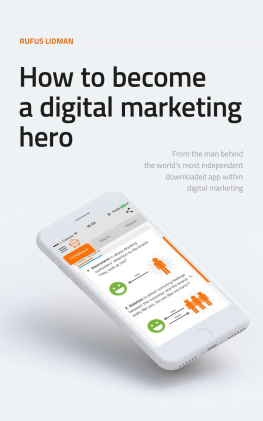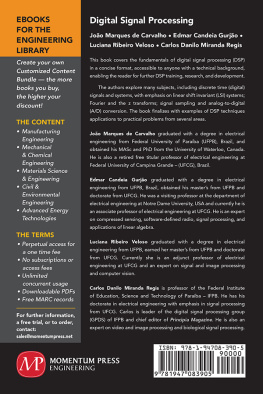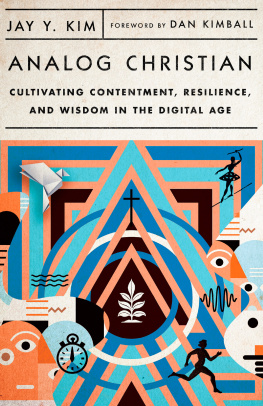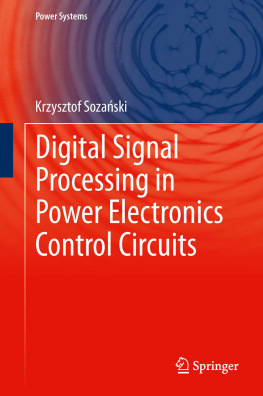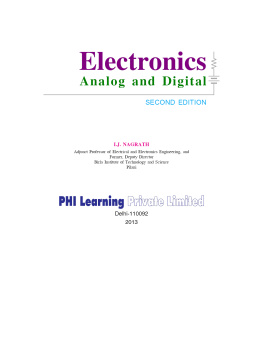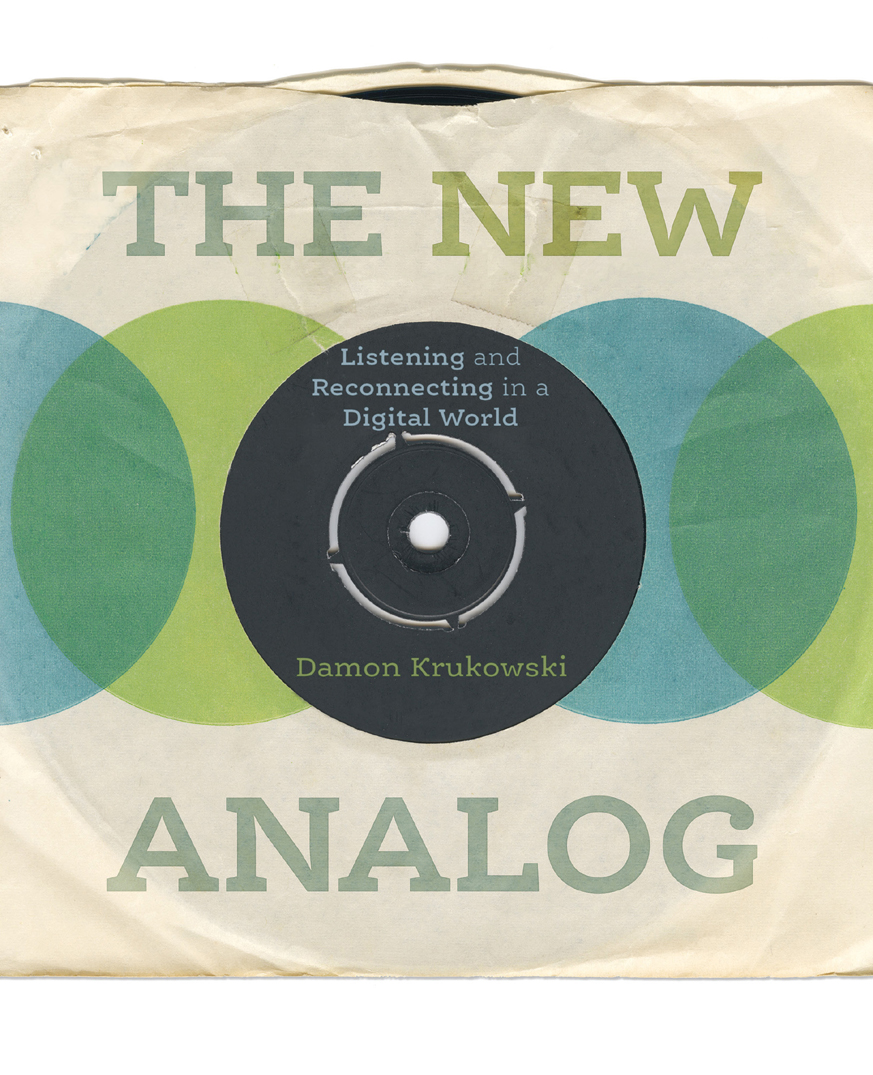Damon Krukowski - The New Analog: Listening and Reconnecting in a Digital World
Here you can read online Damon Krukowski - The New Analog: Listening and Reconnecting in a Digital World full text of the book (entire story) in english for free. Download pdf and epub, get meaning, cover and reviews about this ebook. year: 2017, publisher: The New Press, genre: Non-fiction. Description of the work, (preface) as well as reviews are available. Best literature library LitArk.com created for fans of good reading and offers a wide selection of genres:
Romance novel
Science fiction
Adventure
Detective
Science
History
Home and family
Prose
Art
Politics
Computer
Non-fiction
Religion
Business
Children
Humor
Choose a favorite category and find really read worthwhile books. Enjoy immersion in the world of imagination, feel the emotions of the characters or learn something new for yourself, make an fascinating discovery.

- Book:The New Analog: Listening and Reconnecting in a Digital World
- Author:
- Publisher:The New Press
- Genre:
- Year:2017
- Rating:3 / 5
- Favourites:Add to favourites
- Your mark:
The New Analog: Listening and Reconnecting in a Digital World: summary, description and annotation
We offer to read an annotation, description, summary or preface (depends on what the author of the book "The New Analog: Listening and Reconnecting in a Digital World" wrote himself). If you haven't found the necessary information about the book — write in the comments, we will try to find it.
A longtime musician and former member of the indie band Galaxie 500 who has also taught at Harvard, Damon Krukowski has watched cultural life lurch from analog to digital. And as an artist who has weathered that transition, he has challenging, urgent questions for both creators and consumers about what we have thrown away in the process: Are our devices leaving us lost in our own headspace even as they pinpoint our location? Does the long reach of digital communication come at the sacrifice of our ability to gauge social distance? Does streaming media discourage us from listening closely? Are we hearing each other fully in this new environment?
Rather than simply rejecting the digital disruption of cultural life, Krukowski uses the sound engineers distinction of signal and noise to reexamine what we have lost as a technological culture, looking carefully at what was valuable in the analog realm so we can hold on to it. Taking a set of experiences from the production and consumption of music that have changed since the analog erathe disorientation of headphones, flattening of the voice, silence of media, loudness of mastering, and manipulation of timeas a basis for a broader exploration of contemporary culture, Krukowski gives us a brilliant meditation and guide to keeping our heads amid the digital flux. Think of it as plugging in without tuning out.
This is not a book about why vinyl sounds better; its way more interesting than that . . . [It] is full of things I didnt know, like why people yell into cellphones . . . Ultimately, its about how we consume sound as a societywhich is, increasingly, on an individual basis. NPR
If youre a devoted music fan whos dubious about both rosy nostalgia and futuristic utopianism, Damon Krukowskis The New Analog is for you. The New York Times Book Review
Damon Krukowski: author's other books
Who wrote The New Analog: Listening and Reconnecting in a Digital World? Find out the surname, the name of the author of the book and a list of all author's works by series.

